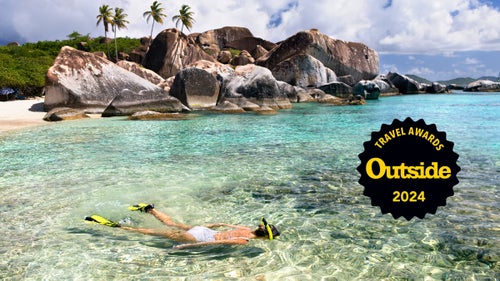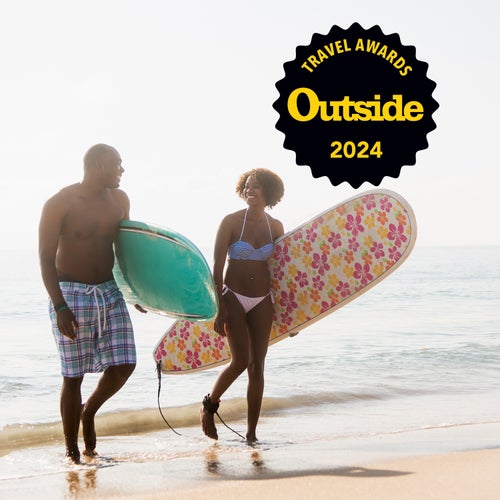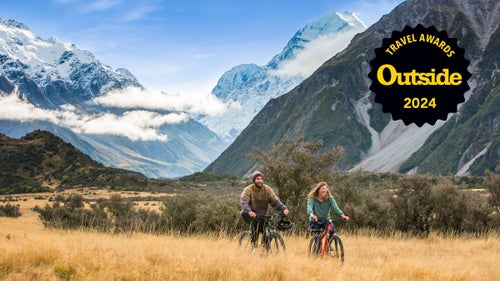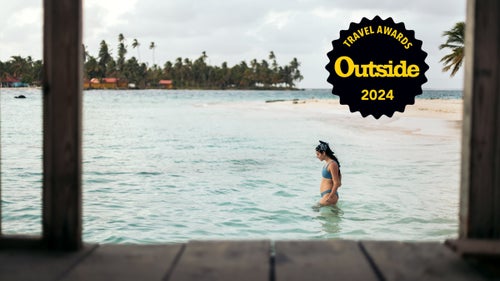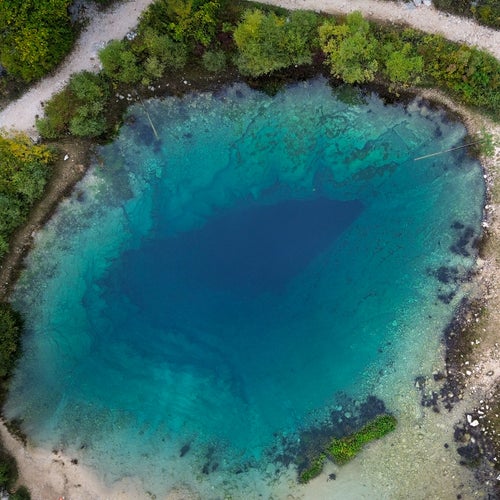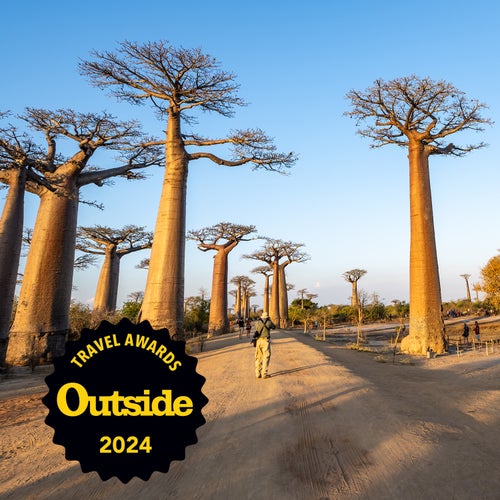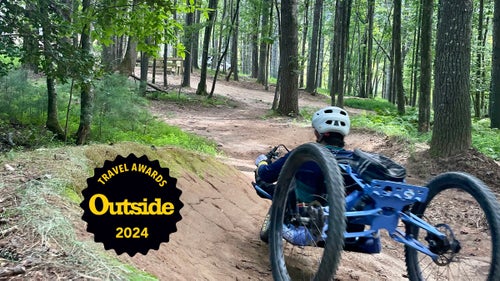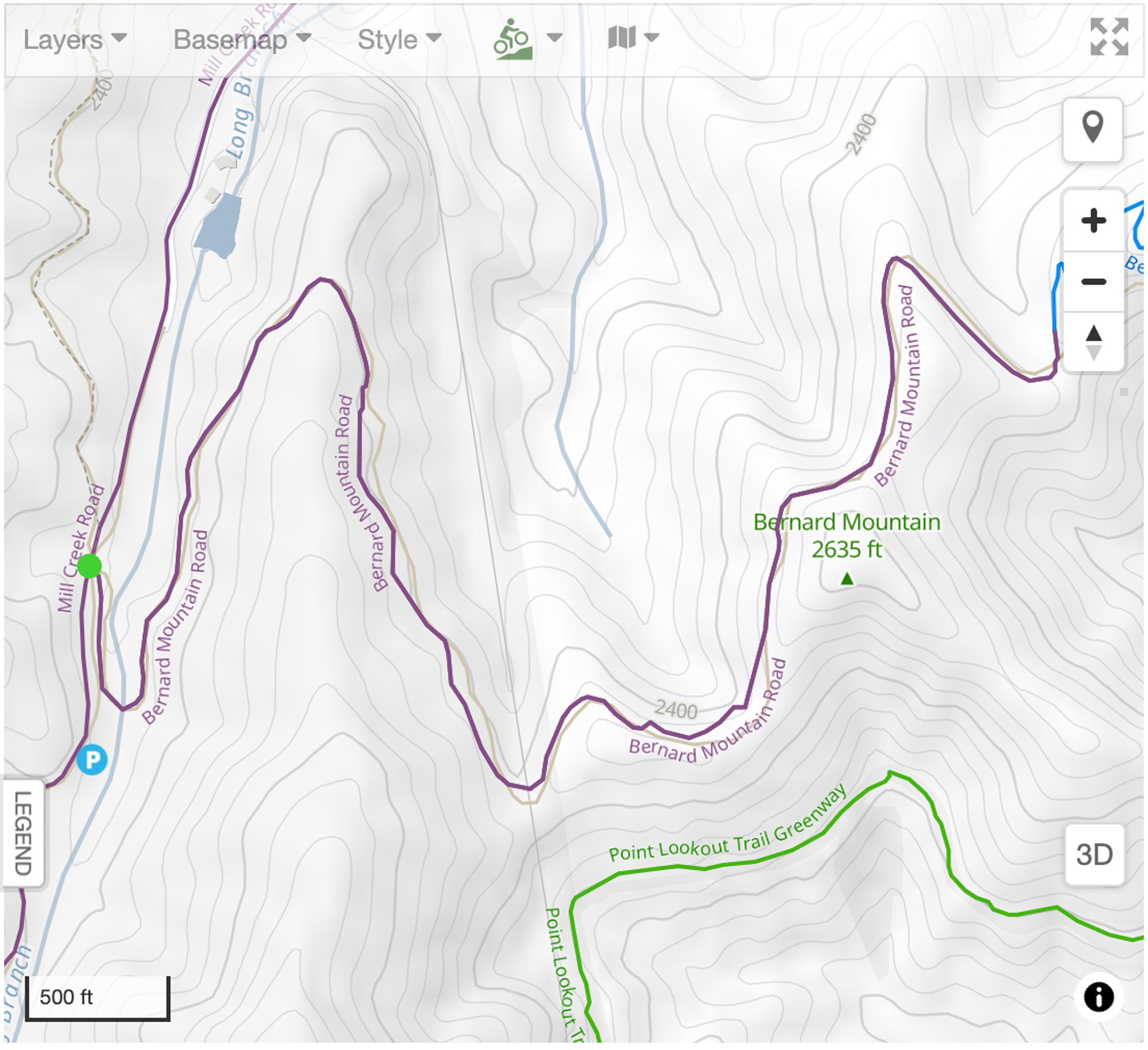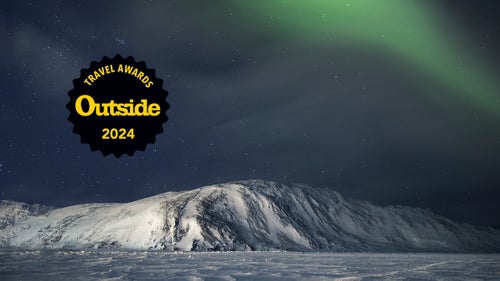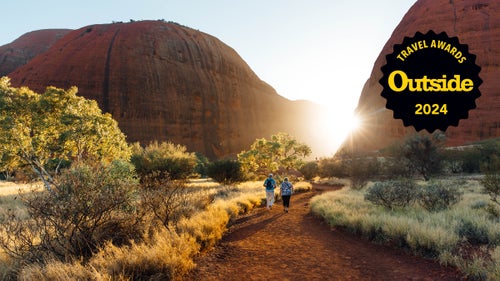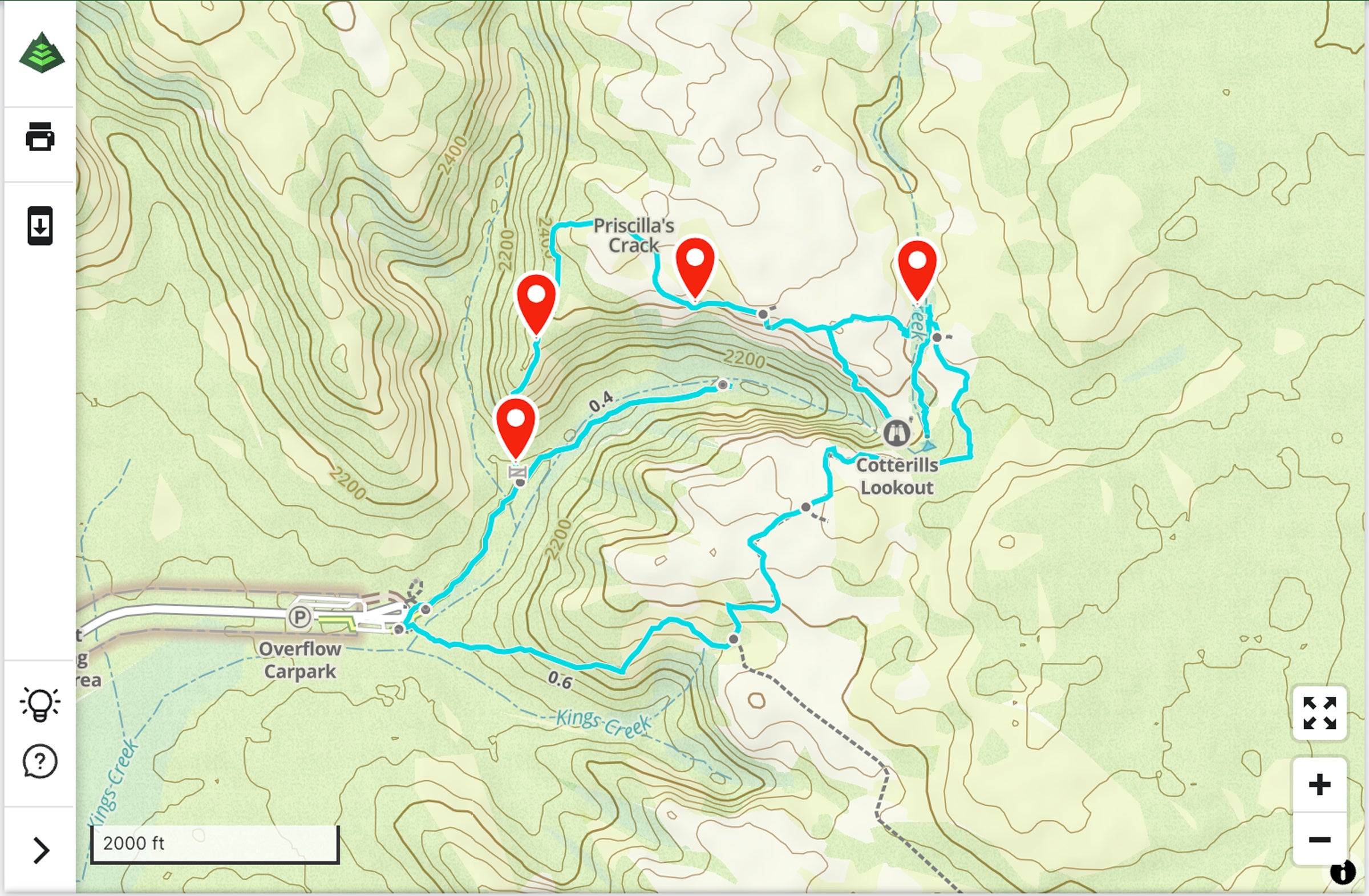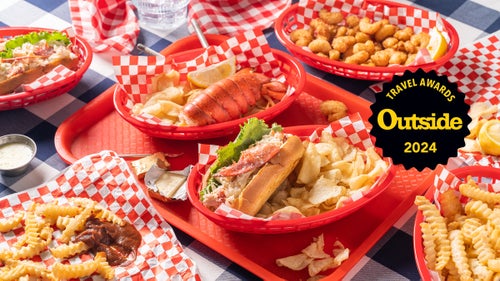The 23 Best Places to Travel in 2024
Our expert travel writers circled the globe to find the next-best destinations to explore—and why to go now.
Heading out the door? Read this article on the Outside app available now on iOS devices for members! Download the app.
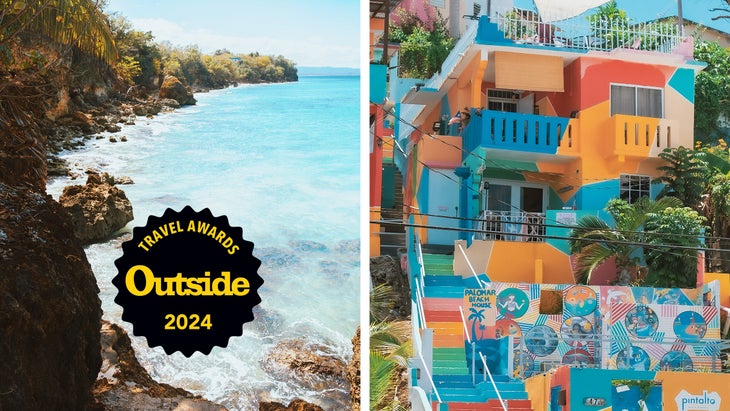
Puerto Rico
Why Now: After rebounding from a series of devastating earthquakes in 2019 and 2020—and Hurricane Maria in 2017—this U.S. territory (read: no passport required for Americans) quickly became one of the hottest destinations in the Caribbean. Although it has long been a favorite with surfers, 36 years have passed since Puerto Rico hosted the sport’s world championships. But in February, the Atlantic town of Arecibo, an hour west of the capital city of San Juan, welcomed the 2024 International Surfing Association’s World Surfing Games, the final qualifier in the run-up to the Summer Olympics, putting its shores’ serious swells back on the map. It’s easier to get there now, too. In recent months, three affordable carriers have begun nonstop service to San Juan—Avelo Airlines, from Philadelphia and New Haven, Connecticut; JetBlue, from Raleigh, North Carolina (and from Tampa, Florida, to Aguadilla, on the west coast, not far from the low-key surf scene in Rincón); and Spirit, from Fort Myers, Florida. Southwest is expected to join the bandwagon with direct flights from Austin, Texas, starting March 9.
Adventure Intel: In sunny San Juan, Surf with a Pro offers everything from beginner lessons to guided tours of breaks at Playa El Escambrón and Isla Verde. For a different kind of paddling, take a short flight from the capital to the charming island of Vieques to kayak the glowing waters of Mosquito Bay, a natural reserve offering one of the brightest bioluminescent displays in the world. Pirate Bio Bay Tours leads groups in clear-bottomed kayaks. Vieques is also an idyllic place to stay for a couple of nights; its white-sand beaches are always stunning. Or keep to the mainland and head for the interior: at El Yunque National Forest, you can hike past waterfalls and ancient petroglyphs to take a dip in the swimming hole at El Hippie. The Ritz-Carlton San Juan, closed since Hurricane Maria hit, is slated to reopen in the beachfront Isla Verde zone in late 2024. Or opt for a more local, artsy vibe at the year-old (and already award-winning) Don Rafa Boutique Hotel in Miramar. Can’t decide? Travel the island’s entire 110-mile coastline at your own pace via the Puerto Rico Sunshine Route, stopping at any number of gorgeous beaches, like eastern Fajardo, secluded Aguadilla, and the pink salt flats of Cabo Rojo.
Local Tip: La 8 Surf Shop, known locally as La Ocho, across from the San Juan beach Escambrón, rents boards and will give you advice on where to go, says Surf with a Pro founder Alejandro Moreda. After surfing, “Get yourself a mofongo, a traditional dish made from fried plantains,” at cozy La Casita Blanca. —Megan Michelson
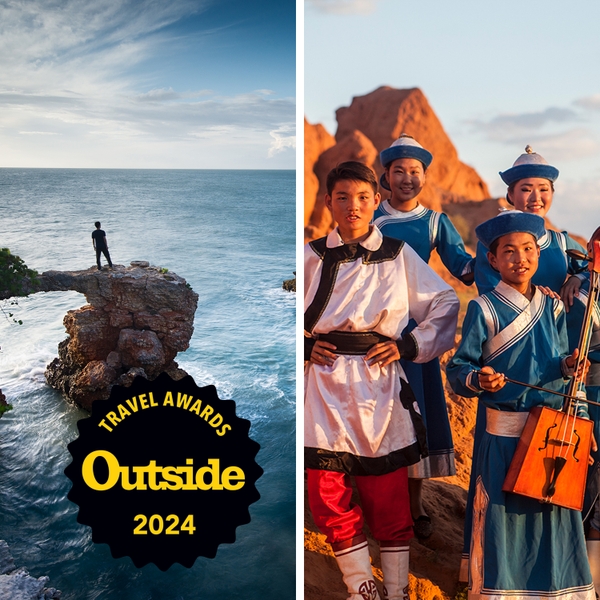


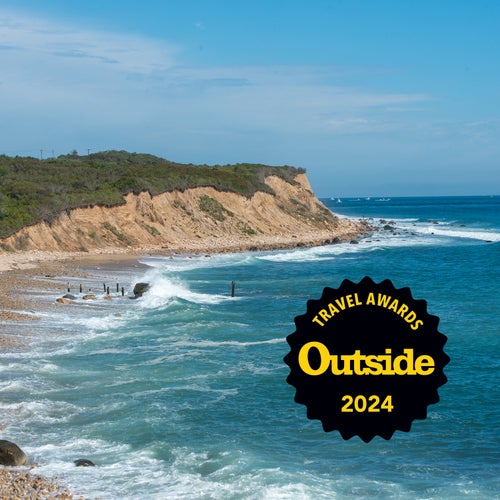

 Nothing gets us excited about a hike or bike ride more than a good map. And the best interactive backcountry maps are those offered by
Nothing gets us excited about a hike or bike ride more than a good map. And the best interactive backcountry maps are those offered by 

